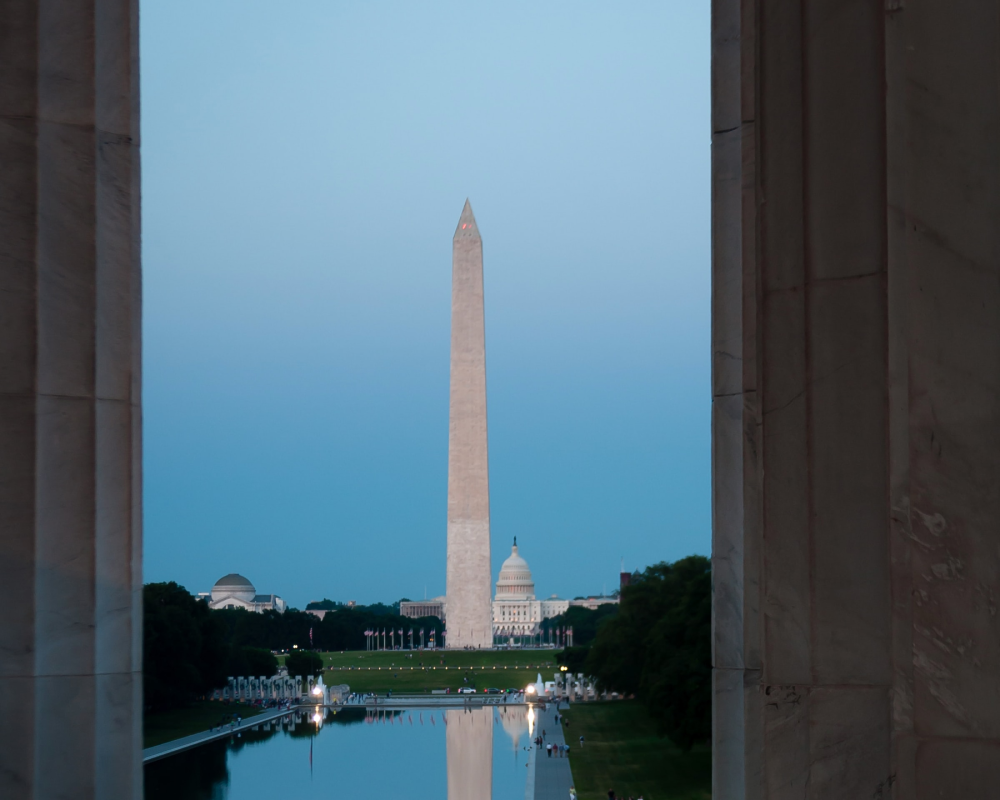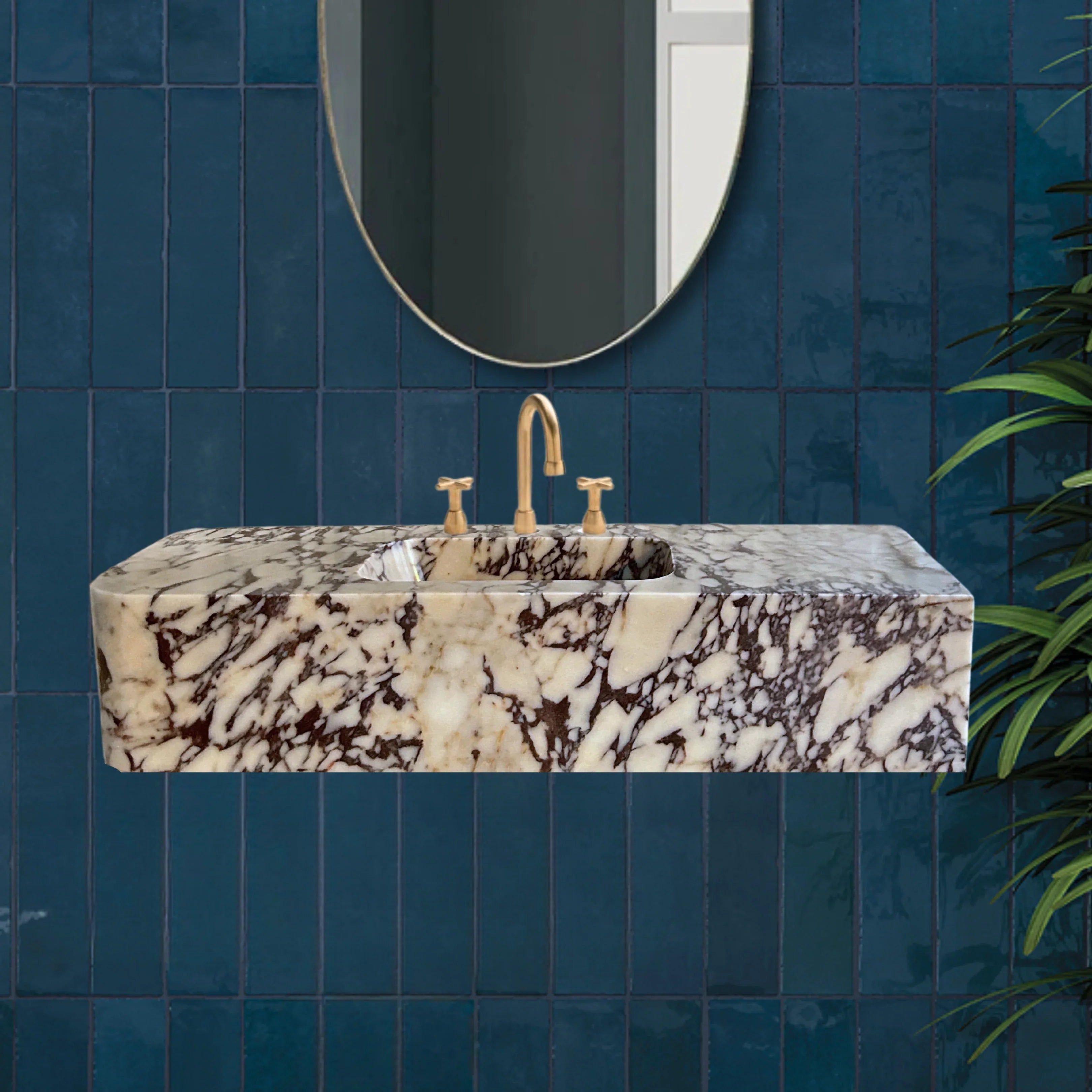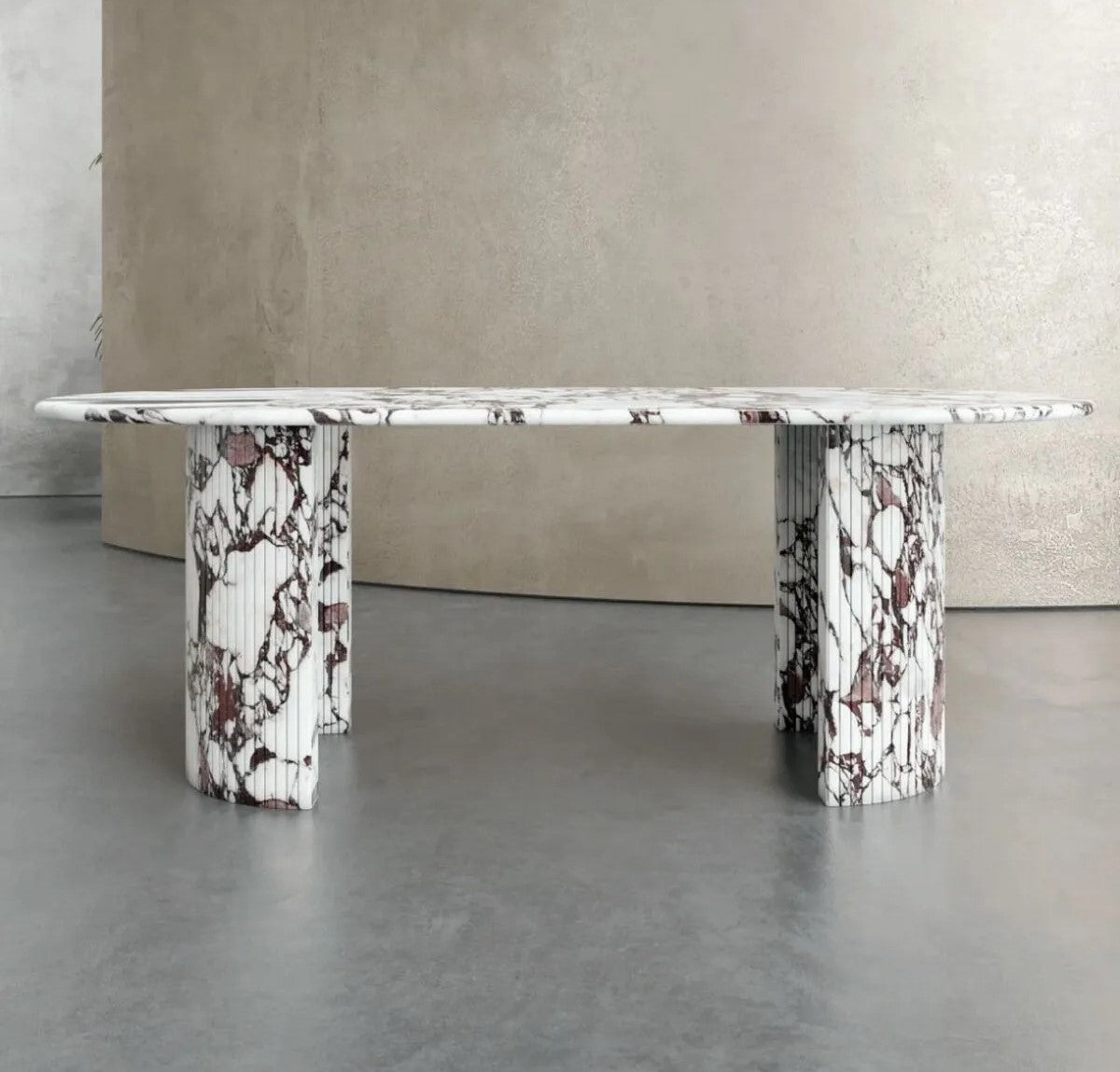
Iconic Marble Applications in U.S. Architecture: A Fusion of Material and Design
Renowned Marble Structures in the United States
The United States is home to numerous architectural marvels and artistic masterpieces that showcase the elegance and durability of marble. This natural stone has been a key element in timeless designs, seamlessly merging strength with aesthetics. Below, we explore some of the most notable instances of marble in American architecture, highlighting the specific types used and their distinguishing characteristics.
1. The Lincoln Memorial (Washington, D.C.)
- Marble Used: Colorado Yule Marble
Key Features:
- Dedicated in 1922, the Lincoln Memorial stands as one of the nation’s most revered monuments.
- The grand statue of Abraham Lincoln, along with much of the memorial’s interior, is crafted from Colorado Yule Marble.
- This marble is valued for its pure white color, fine-grained texture, and remarkable durability, making it ideal for large-scale memorials.
- Sourced from the Yule Creek Valley in Colorado, it is regarded as one of the world’s whitest and most refined marbles.
2. The United States Capitol (Washington, D.C.)
- Marble Used: Tennessee Marble
Key Features:
- Despite its name, Tennessee Marble is actually a dense limestone found in Tennessee.
- It displays a spectrum of hues, including pink, gray, and deep brown, with distinctive veining that enhances its visual appeal.
- Within the U.S. Capitol, this stone is prominently used for columns, staircases, and flooring, adding to the building’s grand and historic ambiance.
3. The Supreme Court Building (Washington, D.C.)
- Marble Used: Vermont Marble (exterior) & Alabama Marble (interior)
Key Features:
- Vermont Marble, known for its bright white color and slight translucency, forms the Supreme Court’s striking exterior, giving it an almost luminous quality under sunlight.
- Alabama Marble, with its fine grain and creamy tones, is used in the interior courtroom, contributing to a dignified and stately atmosphere.
- These marbles symbolize the core values of justice and stability, reinforcing the significance of the building’s purpose.
4. The Metropolitan Museum of Art (New York City)
- Marble Used: Italian Carrara Marble
Key Features:
- Although imported from Italy, Carrara Marble plays a major role in American architecture and artistic collections.
- Recognized for its soft white background and delicate gray veining, it is a favored material for sculptures housed in the Metropolitan Museum of Art.
- Its smooth surface and easy workability make it a preferred choice for intricate carvings and classical art pieces.
5. The New York Public Library (New York City)
- Marble Used: Vermont Marble
Key Features:
- The grand façade of the New York Public Library is constructed from Vermont Marble, emphasizing its majestic and enduring presence.
- Known for its bright white appearance and resistance to weathering, this marble has preserved the library’s timeless appeal for over a century.
6. The Boston Public Library (Boston, Massachusetts)
- Marble Used: Siena Marble (Interior)
Key Features:
- The interior of the Boston Public Library features Siena Marble, an opulent Italian stone characterized by golden and amber hues with dramatic veining.
- Its warm tones and intricate patterns enhance the sophistication of the library’s reading rooms and hallways, adding a luxurious touch to the architectural design.
Defining Characteristics of Marble in Architecture
- Durability: With a high resistance to compression, marble is a robust choice for both interior and exterior applications.
- Versatility in Design: The diverse range of colors and veining patterns allows marble to complement various architectural styles, from classical to modern.
- Timeless Elegance: Marble’s association with sophistication and permanence ensures that structures made with it often become landmarks.
- Symbolic Meaning: Used in civic and cultural spaces, marble represents strength, purity, and refinement.
Conclusion
Marble has been instrumental in shaping the architectural landscape of the United States. Whether it’s the radiant Vermont Marble of the Supreme Court, the pure white Colorado Yule Marble of the Lincoln Memorial, or the golden Siena Marble in the Boston Public Library, each variety contributes to the distinctive character of these structures. Combining beauty with longevity, marble remains a timeless choice for monumental and enduring designs.

